Ecological Healing Underway at Bonnet Springs Park
The first stage of revitalization efforts have set the stage for the park to come
 Sasaki
Sasaki
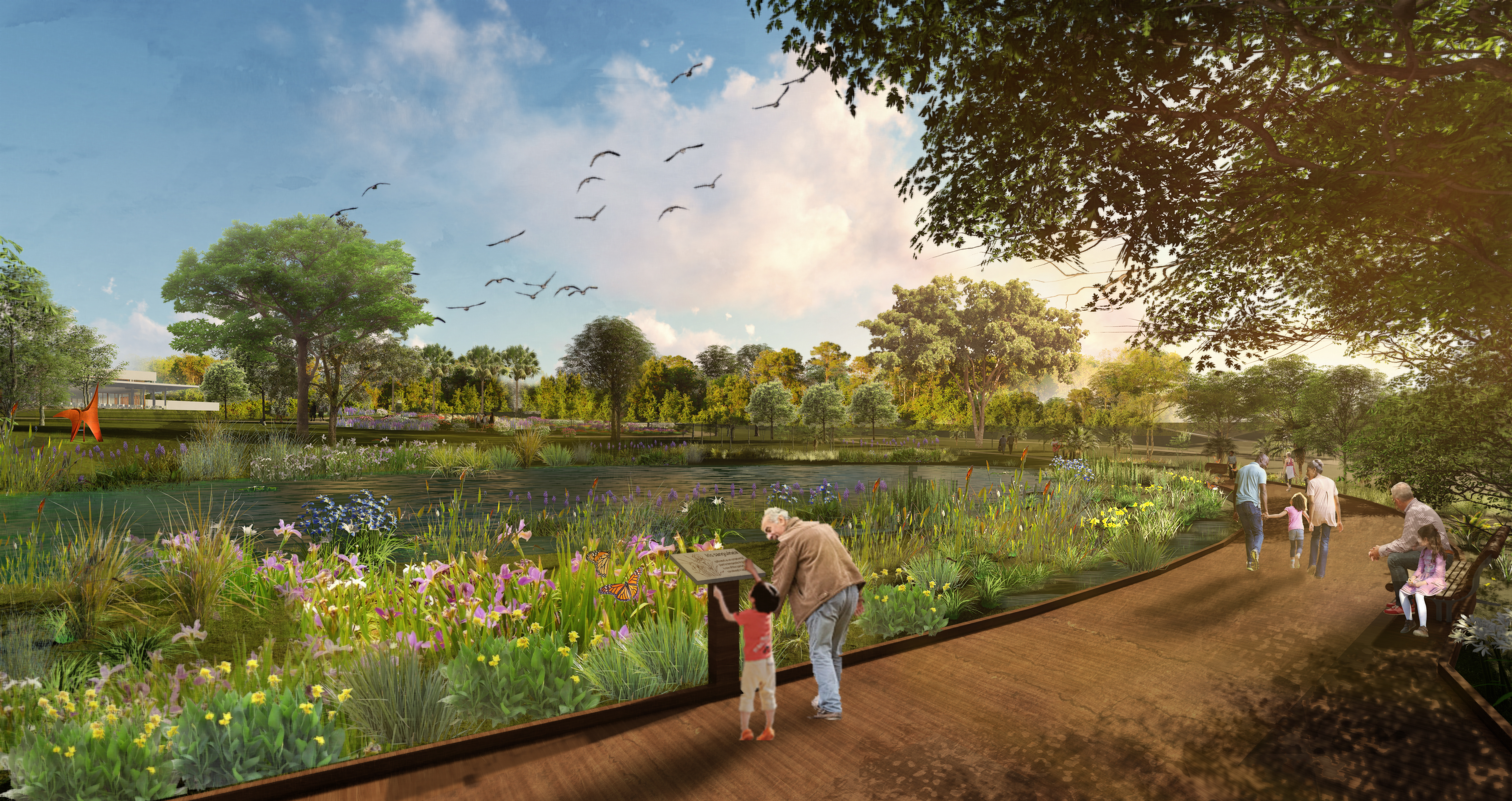
Here at Sasaki, the word “interdisciplinary” is a part of our everyday vocabulary.
This piece was written by former Sasaki civil engineer Jason Ng.
When we say “interdisciplinary design” we are just starting to get at breaking down traditional barriers between architecture, landscape architecture, urban planning, interior design, etc. Hideo Sasaki championed this philosophy — that by bringing together multiple perspectives, we can create more holistic, cohesive design solutions. He believed the firm at its best was a whole greater than the sum of its parts.
But our interdisciplinary design approach can take various forms. Perhaps it involves bringing multiple disciplines onto one project team, applying different lenses of practice onto the same tasks or discussion topics. Or perhaps it has to do with the physical environment of our office — where people of different backgrounds interact within the same four walls, increasing the chance collisions of ideas through mutual proximity. Or maybe it has to do with temporality — integrating disciplines into each stage of design versus piecing their outputs together one after another. Or, the word “interdisciplinary” may not only represent the whole but the parts as well — many individuals within our practice already bring with them dual or multi-layered backgrounds and expertise.
To put this into perspective, let’s look at our civil engineering practice and its intersections with other Sasaki disciplines.
As engineers, we like to solve problems using tools like math and science. Civil engineers, in particular, work at the scale of the built and natural environments. In this sense, it’s still a broad field, encompassing everything from bridges and buildings to watersheds and transportation networks.
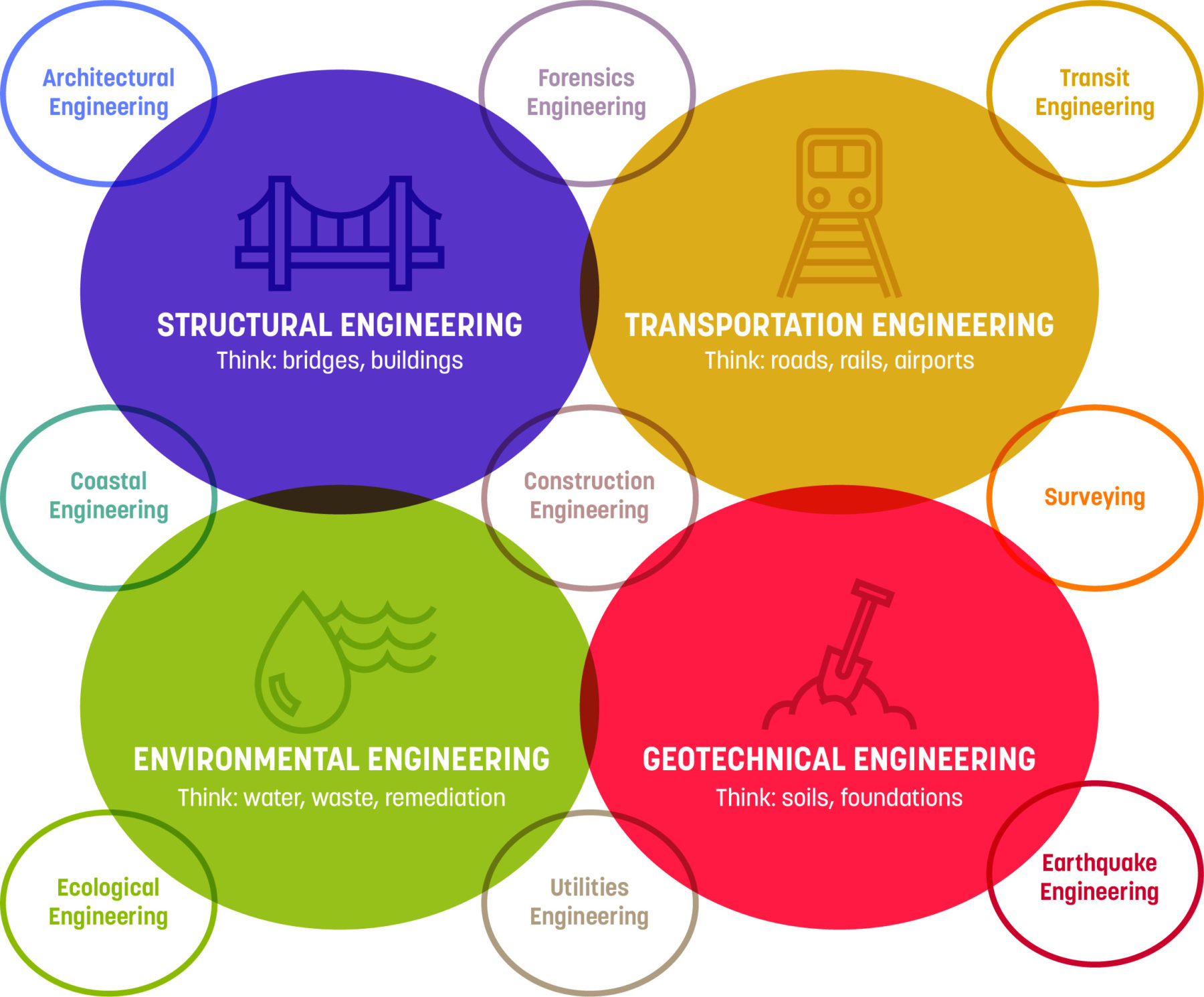
Because of this breadth, many civil engineers specialize in a subdiscipline, testing and reporting soil properties as a geotechnical engineer, or designing beams and columns as a structural engineer.
At Sasaki, our civil engineers are less confined to any sub-discipline. Rather, we are motivated by the prospect of creating places that are at once beautiful and human-centered, functional and resilient.
We want to solve problems that are complex and diverse in scope — problems that necessarily require the union of multiple perspectives and approaches.
The hallmark of civil engineering at Sasaki is breadth, but it does not come at the expense of depth. Rather, as needed Sasaki civil engineers further collaborate with external engineering partners who bring complementary skill sets and/or local expertise to our projects. We often mediate between these engineering consultants and our internal design teams, interpreting their analyses in meaningful ways that result in better designs.
Civil engineering is heavily intertwined with landscape architecture. Oftentimes, our industry sees the division as landscape architects creating the visual aesthetic of a landscape, and civil engineers hiding the clockwork of infrastructure and functional technology beneath it. While civil engineers do provide a technical rigor and support to site design, at Sasaki we try to think more cohesively about sites as both beautiful and functional, human-centric and eco-centric, where arts and humanity meet science and technology.
For example, at Bonnet Springs Park in Lakeland, FL, Sasaki landscape architects and engineers encountered a site where soils were deeply contaminated by past industrial activity. Rather than ship the contamination off the property for someone else to deal with, the soils were remediated and capped within two large “mountains” in the heart of the park. These hills also serve as dramatic landscape amenities that shield the park’s Great Lawn from nearby railroad noise, provide scenic overlooks of the park, and create a sense of order and enclosure to the overall site design. Through the close collaboration of landscape architects, civil engineers, architects, and geotechnical and environmental consultants, these hill concepts could be rigorously tested and designed for functionality from the beginning, rather than waiting until after the design process to evaluate.
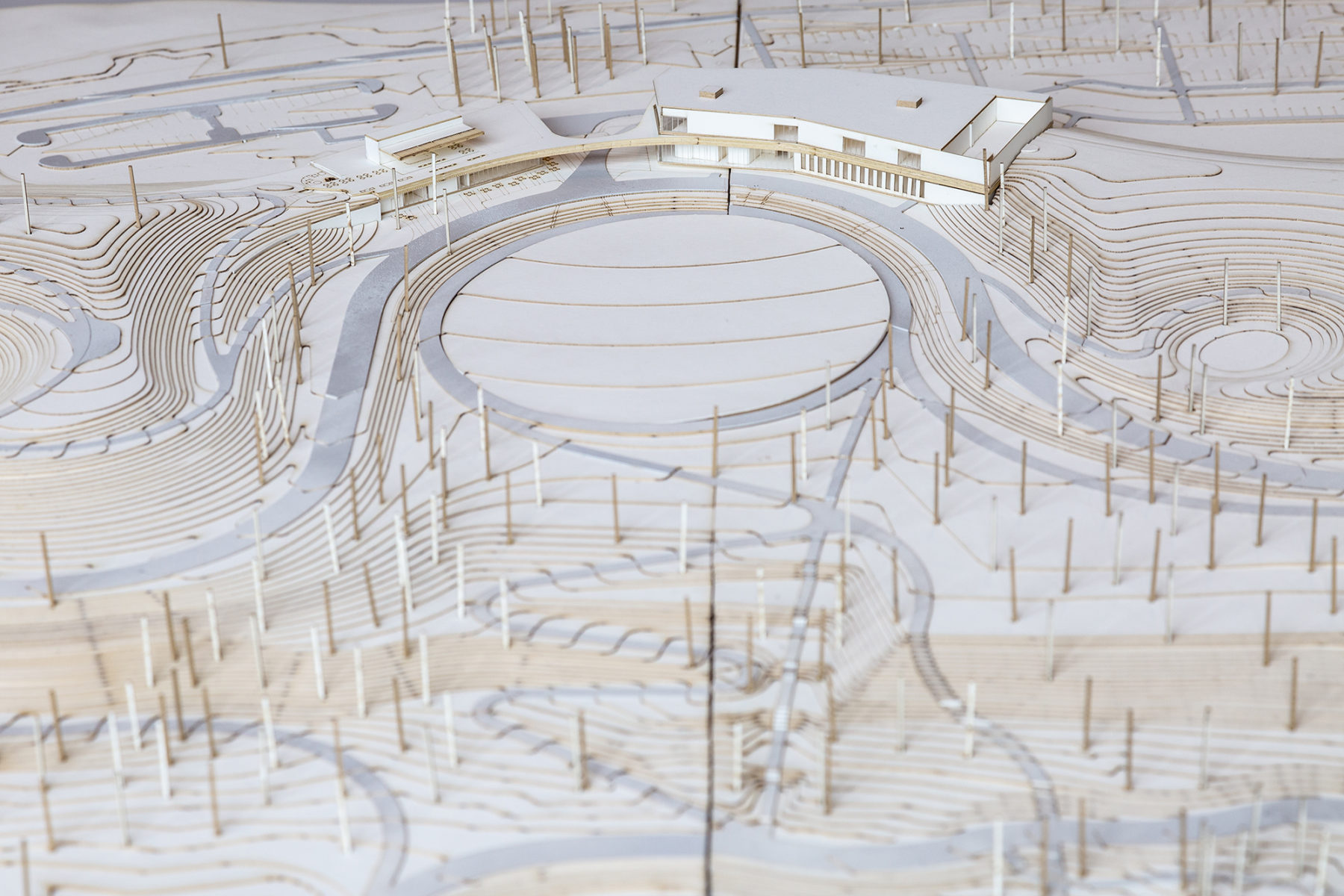
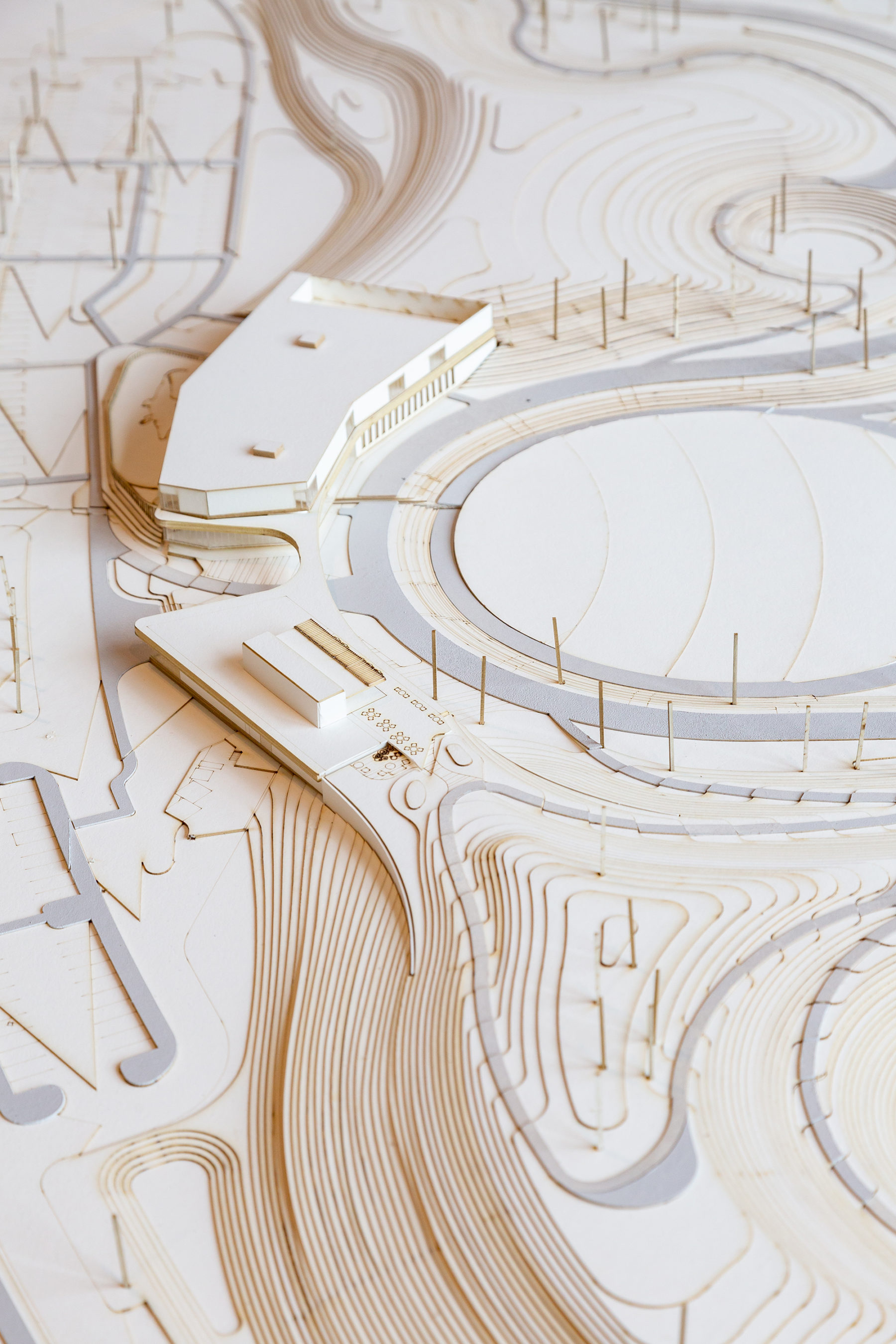
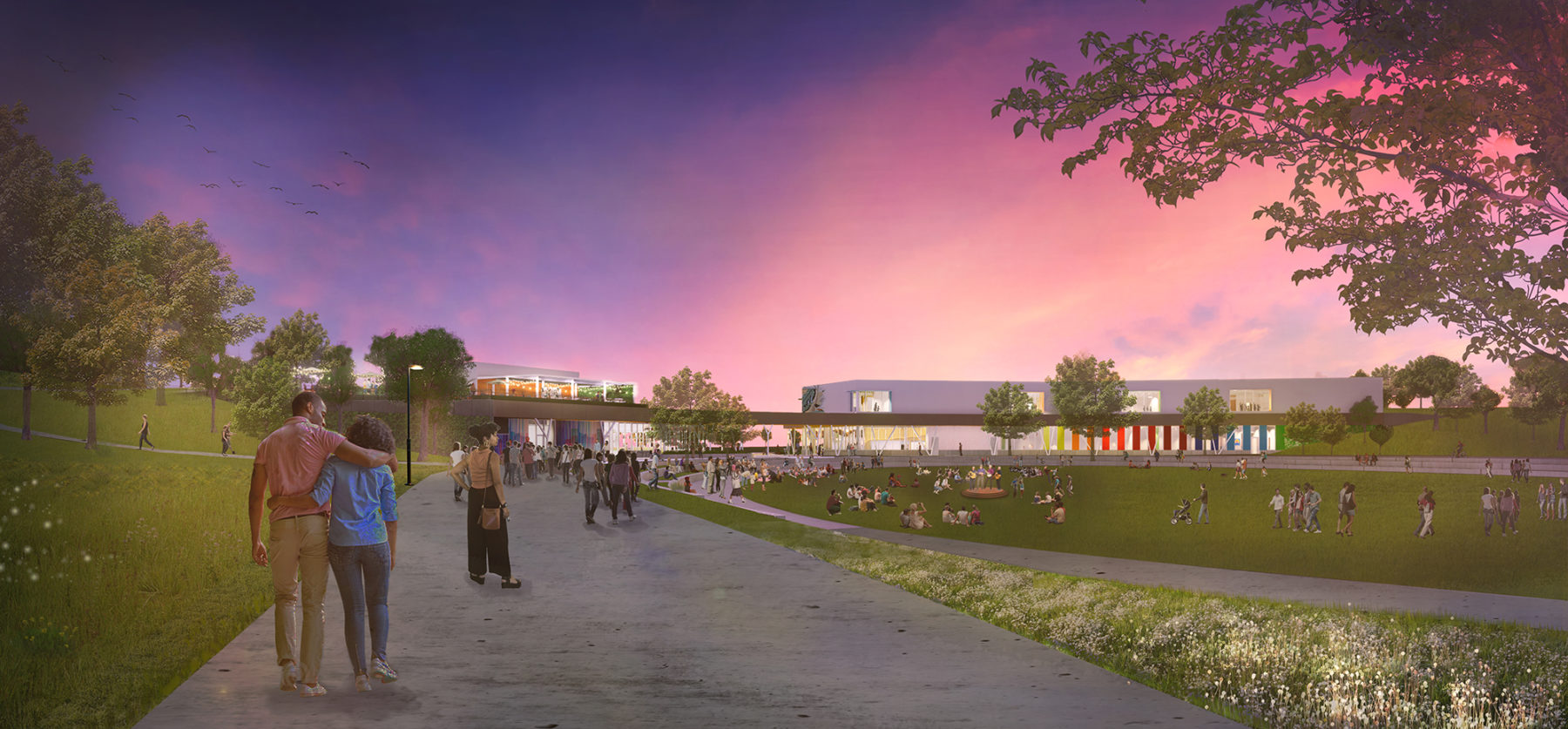
The hills at Bonnet Springs Park surround an active Great Lawn, integrated with the children’s museum
On the same site, our civil engineers worked intensively with landscape architects to create a system of stormwater management practices. Where a concrete flume previously exacerbated erosion in a natural spring corridor and intensified pollution to adjacent Lake Bonnet, Sasaki civil engineers proposed rerouting urban runoff through a series of treatment devices and stormwater detention ponds. The dry and wet meadows are both visually stunning and serve the ecological function of treating the polluted runoff and creating micro-habitats for wildlife. By doing so, we re-create natural biological processes within our designs that work with nature rather than against it.
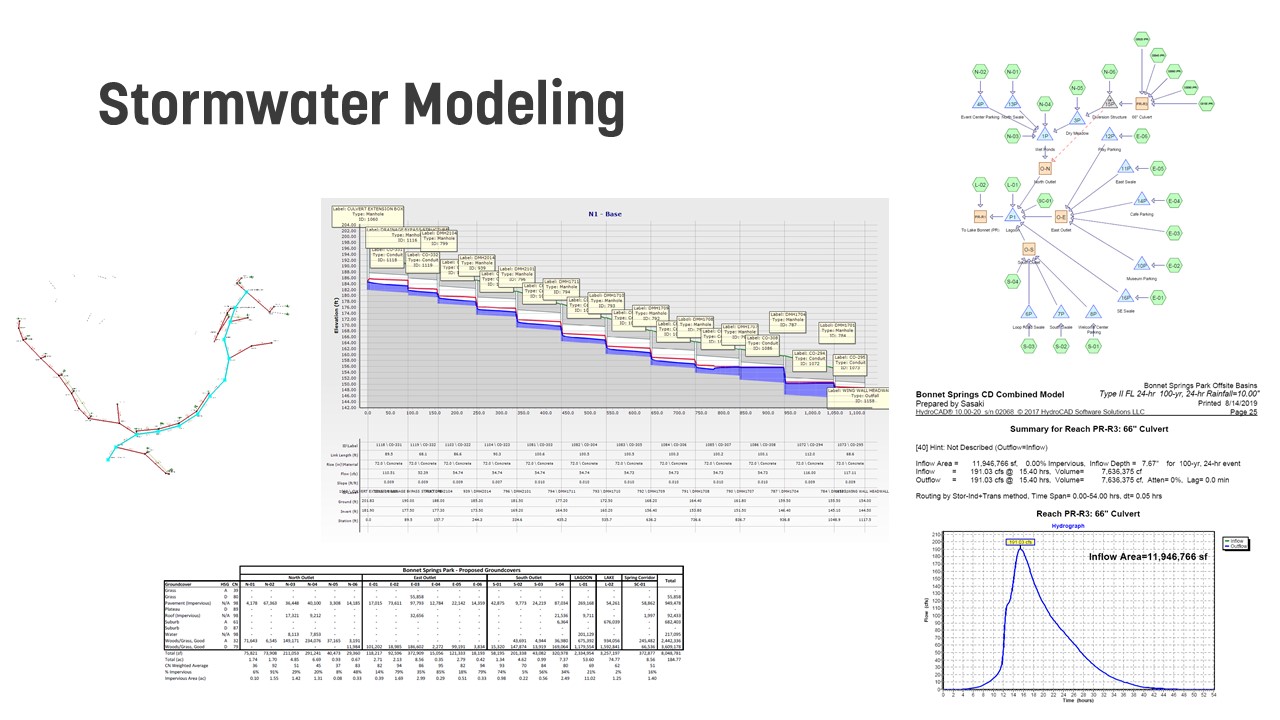
Our stormwater management system designs are supported by extensive quantitative modeling
Engineers also provide valuable input to Sasaki project teams at the stages of conceptual design and masterplanning. By integrating engineers at the early stages and big-picture scale, we can anticipate and prevent future problems through coordinated consideration of infrastructure and low impact development. This is especially important when it comes to utilities and stormwater planning for campuses and urban districts.
For Emory University in Atlanta, GA, Sasaki civil engineers were tasked with developing water sustainability recommendations for the campus’s Framework Plan. We explored water conservation strategies from rainwater harvesting to grey- and blackwater recycling systems. But beyond looking at just reductions in water use per building, we encouraged the university to think about best practices at the district and campus scale. Our rigorous analysis found significant potential savings in potable water through the employment of condensate recovery systems, for example. (Condensate recovery is the recycling of the byproduct water that HVAC systems use to heat and cool our buildings.) We also reinforced the university’s commitment to thinking about stormwater management from an early stage in every campus building project, and stormwater projects as worthy standalone projects in their own right. At Sasaki, we believe integrated stormwater design is something that should be celebrated rather than treated as a burden.
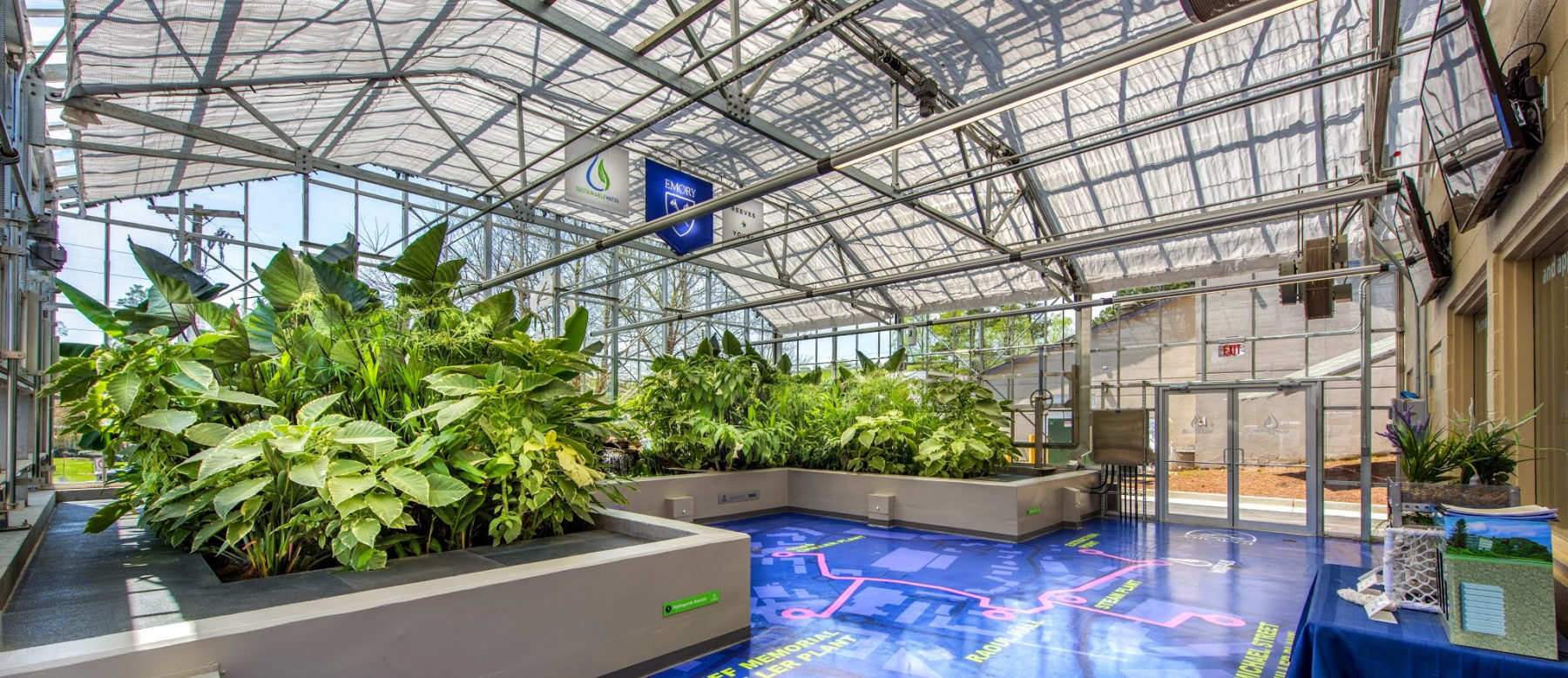
The Emory University WaterHub is an existing blackwater recycling system that reduces the campus’s potable water demand
Evident from the ways we work with other Sasaki disciplines, our civil engineering group is pretty unique! In addition to landscape architecture and planning, we collaborate on projects ranging from sports fields in Boston to urban design concepts in Beijing. We don’t take a linear approach. We don’t create solutions without questioning the root problem. And we don’t copy and paste our process, disregarding the context and nuance of a project.
As civil engineers at Sasaki, we work with and as designers to provide creative, technically-rigorous, context-driven solutions.